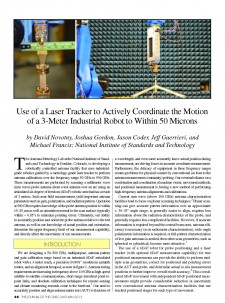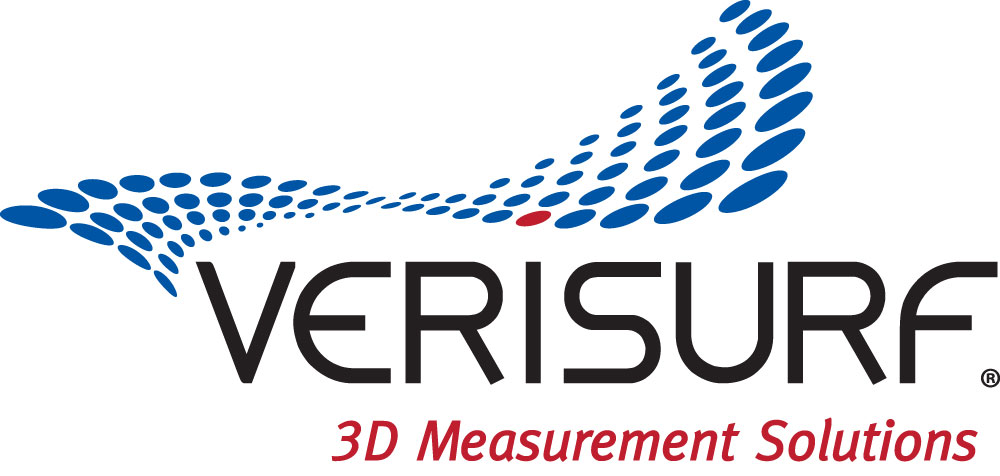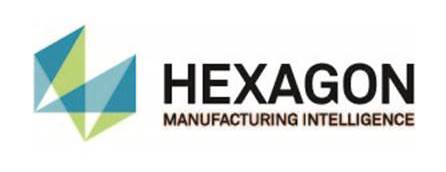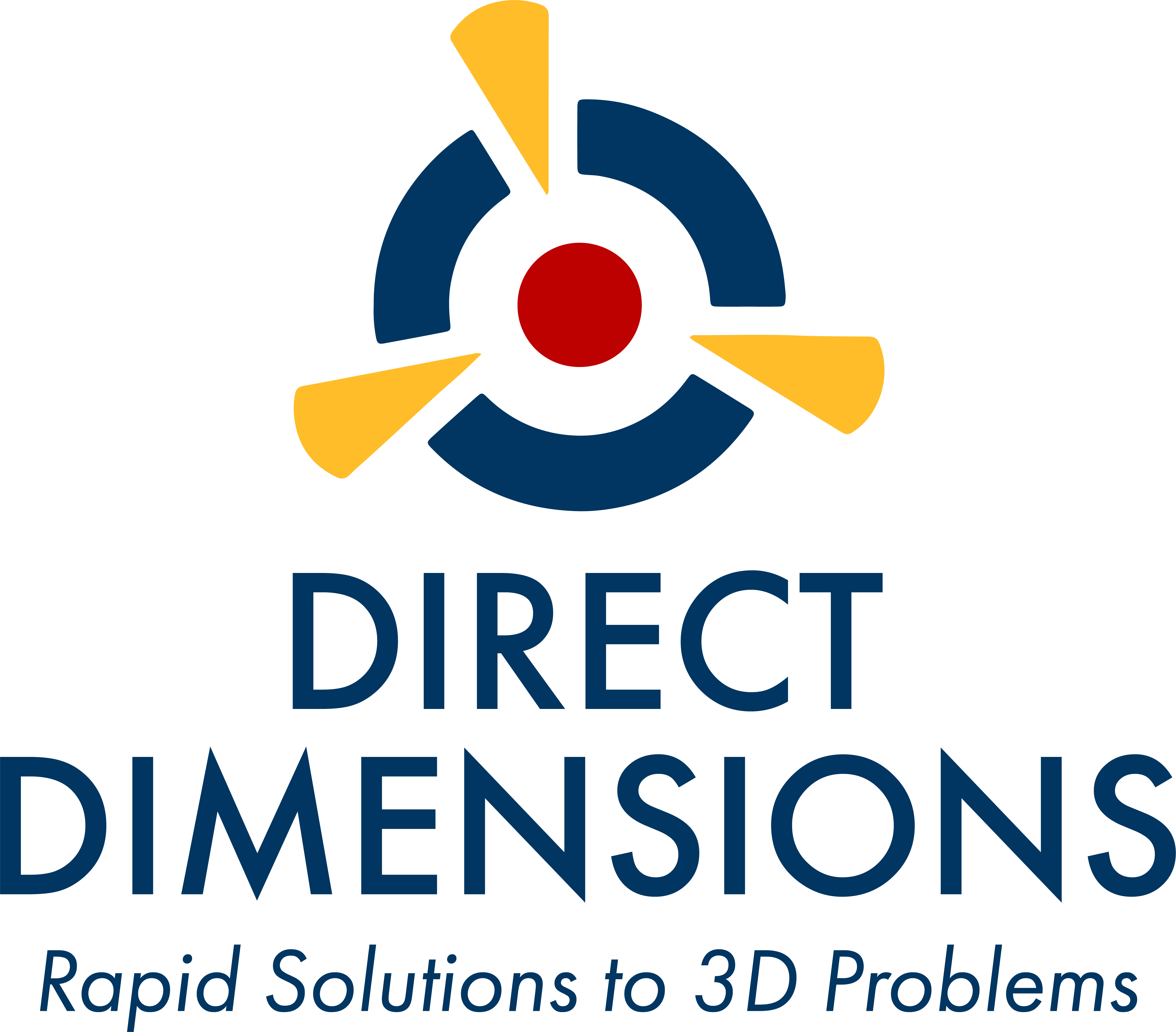
|
Download Members: $0.00 Non‑Members: $75.00 |
Buy Now |
Publication Details
| Published Date: | |
|---|---|
| Authors: | David Novotny, Joshua Gordon, Jason Coder, Jeff Guerrieri, Michael Francis |
| Company: | CMSC |
| Print Format: | Technical Paper |
| Citation: | David Novotny, Joshua Gordon, Jason Coder, Jeff Guerrieri, Michael Francis, "Use of a Laser Tracker to Actively Coordinate the Motion of a 3-Meter Industrial Robot to Within 50 Microns," The Journal of the CMSC, Vol. 8, No. 2, Autumn 2013 |
Abstract
The Antenna Metrology Lab at the National Institute of Standards and Technology in Boulder, Colorado, is developing a robotically controlled antenna facility that uses industrial-grade robotics guided by a metrology-grade laser tracker to perform antenna calibrations over the frequency range 50 GHz to 500 GHz. In this article, we present an analysis of this facility during spherical near-field measurements. These measurements are performed by scanning a millimeter wave (mm wave) probe antenna about a test antenna over an arc using an articulated six degree of freedom (6DoF) robotic arm that has a reach of 3 m. Such near-field measurements yield important antenna parameters such as gain, polarization, and radiation pattern. Operation at 500 GHz requires knowledge of the probe antenna position to within 15–20 ?m as well as orientation normal to the scan surface (typically within ~ 0.05°) to minimize pointing errors. Ultimately, our ability to accurately position and orient the probe antenna relative to the test antenna, as well as our knowledge of actual position and orientation, determine the upper frequency limit of our measurement capability, and directly affect the uncertainty of our measurements.






